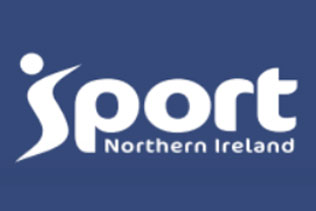Classification Process
| Classification follows a three-step process: | |
| 1. Does the athlete have at least one of the ten eligible impairments? | To be eligible for Para sport, athletes must have at least one of the ten impairments considered eligible by the IPC. The impairment must be considered permanent, meaning it’s unlikely to be resolved. Each International Sport Federation defines which of the ten eligible impairments they provide sports opportunities for. For example, athletics and swimming caters for all ten impairments while others, such as football 5-a-side are limited to one impairment. For this process, athletes must provide a Medical Diagnostics Form (MDF) completed by a Medical Doctor. Relevant medical support documentation should be attached. Athletes who are confirmed by Paralympics Ireland, through analysis of the MDF, to have an eligible impairment will undergo sport specific face-to-face evaluation carried out by a panel of classifiers. |
| 2. Does the athlete meet the Minimum Impairment Criteria (MIC) specific to the sport they wish to compete in? | Each International Sport Federation Classification Rules describe how severe an eligible impairment must be for an athlete to be considered eligible. These criteria are referred to as minimum impairment criteria (MIC) which is set based on the specific tasks required to compete in each sport. Examples of minimum disability criteria could be a maximum height for short stature, or a level of amputation for athletes with limb deficiency. MIC is assessed during the athlete evaluation. If an athlete does not meet the MIC, this does not question the presence of a genuine impairment. This is only a ruling on the eligibility of the athlete to compete under those specific Sport Rules of the International Sport Federation. |
| 3. Which sport class should the athlete compete in? | A sport class is given after a face-to-face evaluation. It groups athletes with a similar activity limitation together for competition, so that they can compete equitably. A sport class does not necessarily comprise athletes with the same impairment. If different impairments cause a similar impact on the sport performance, athletes with these impairments are allowed to compete together. This is why you might see athletes with paraplegia, amputations and cerebral palsy competing against each other. |
3.1. Athlete evaluation
During the face-to-face evaluation, the athlete will go through: | Physical Assessment: This consists of a physical assessment to find out what areas the impairment affects the athlete’s physical, vision or intellectual function. It may include but is not limited to the examination of physical function, muscle tone, coordination, range of movement, endurance, sensory, or intellectual abilities. |
Technical Assessment: These tests consist of the athlete demonstrating techniques used in the sport. The technical assessment may include but is not limited to assessment in a non-competitive environment of the specific tasks and activities that are part of the sport in which the athlete participates. Classifiers may apply certain conditions to the athlete in order to observe how the athlete performs the activity under simulated sport conditions. The current evaluation protocol for athletes with vision impairment (VI) includes only a medical evaluation, and therefore athletes with VI are not required to undergo technical assessment. | |
Observation in Competition: The classification panel can require that an athlete undertakes observation in competition assessment before it allocates a sport class to that athlete. The classification panel may observe the athlete performing the specific skills that are part of the sport during training practices and/or in competition. | |








